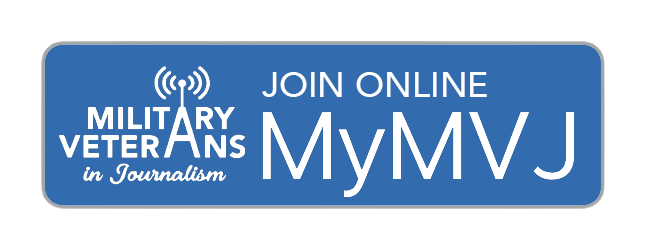By Zack Baddorf, Executive Director/Founder
Every journalist needs a portfolio website. The news business is fickle, and it’s normal for reporters to shift from one outlet to the other over the years.
Another outlet might poach you. You might be laid off due to budget cuts. The bosses might decide that video production is the future and then change their minds. Your outlet might just be totally shuttered. Or you just might have had enough of a terrible boss.
Unless you happen to be independently wealthy, you need to be prepared for the eventuality that you’ll be on the job market a few times during your career.
One vital asset you’ll need is a journalism portfolio website, especially if you’re just getting your start in journalism.
You may not be a coder or good at graphic design but there are plenty of options for low cost or free ways that are not super complicated.
Step 1: Buy a domain.
A website domain, like mywebsite.com, is where your portfolio website lives. Think of it like a street address. Usually, for your portfolio site, you just want to buy a website domain that is your name. If you have a common name, you may need to buy something like John-Doe.com or JohnDoeJournalist.com . These cost about $10 per year.
I recommend buying your domain at Namesilo which has two factor authentication to make sure you aren’t (easily) hacked.
Step 2: Choose a website host.
A website host has a server out there in computer land where your website content actually lives. It’s like the house being built up on the street address.
Now, some hosts are more complicated than others and some are more simple. Prices also vary.
If you are not tech savvy at all, consider using a site like Squarespace that charges $12 per month for a nicely designed site that is easy to build. Wix is great too and more affordable, but it isn’t as fancy.
If you have more tech skills and more time on your hands, you can design your own website using a content management system like WordPress. I always go to ThemeForest and search for WordPress themes that I then customize. Themes are frameworks that you can use for your site. There are lots of options there that are affordable and beautiful. You’ll also find many themes specifically intended to be portfolios.
If you go the WordPress route, you’ll need to pay a web hosting service to put the WordPress files on your domain. I recommend DreamHost which is reliable, secure and affordable (for as low as $2.59/per month, as of June 2019).
I prefer building my own site on WordPress because:
- you get to customize everything exactly as you want it
- you can choose from a much wider variety of themes
- and there are a lot more things you can do technically.
If you pay for Adobe Creative Cloud programs, then consider using Adobe Portfolio to create your site. This program allows you to select a theme, customize photo galleries that you can upload/edit from Adobe Lightroom, and personalize your URL. If you use all the Adobe Creative apps like Photoshop, Portfolio and Premiere, it’s $52.99/ month. However, if you want to only invest in Portfolio, it is $9.99/month.
Step 3: Building your portfolio website
With the tech stuff out of the way, you actually need to put good and useful content on your portfolio website. At the minimum, you should include:
- Your bio
- A full (downloadable) résumé in PDF format
- A selection of your best clips
- Your reel (if you do video work)
- Your contact info (including PGP key if you’re into that sort of thing)
- Links to your social media pages (not profiles)
For those of you who do journalism work in a range of mediums, you may need to separate out video, radio, photo and print stories into different sections. I suggest a maximum of 10 stories for each medium.
Ultimately, this website should be how you want to present yourself to the world. Carefully craft the wording and make sure it captures where you are now as a journalist while also being forward-thinking about how you want to position yourself in your career.
A few tips before you go live
Get other people to check out your website before you go live. You may be a strong editor but it’s always good to get a second or third look. If you’re an MVJ member, your mentor can go through your website with you. (If you’re not yet a member, apply now.)
Your website should be a constant work in progress. Add in your latest and greatest clips, especially if you’re proud of them. Update your bio and resume whenever you’ve achieved something new, like winning an award or publishing at a new outlet.
Some folks like to have a blog on their website. I’ve done that in the past and ultimately deleted mine. Unless you’re posting regularly, say once every week or so, it’s going to look dated. Typically, when you have real stories that pay the bills with real deadlines, a blog on your portfolio website is going to end up on the bottom of your to-do list.
Whether you like it or not, as a journalist, you have to market yourself. You are a brand. Spend the time to do your website right. Your career thanks you.
Zack Baddorf is the executive director of Military Veterans in Journalism. He’s an award-winning journalist and filmmaker with reporting experience in more than 40 countries. His work has been published in the New York Times, Washington Post, AP and elsewhere.
Babee Garcia contributed to this post. She is currently the Social Media Coordinator for Military Veterans in Journalism and is an award-winning multimedia journalist from New Jersey.



